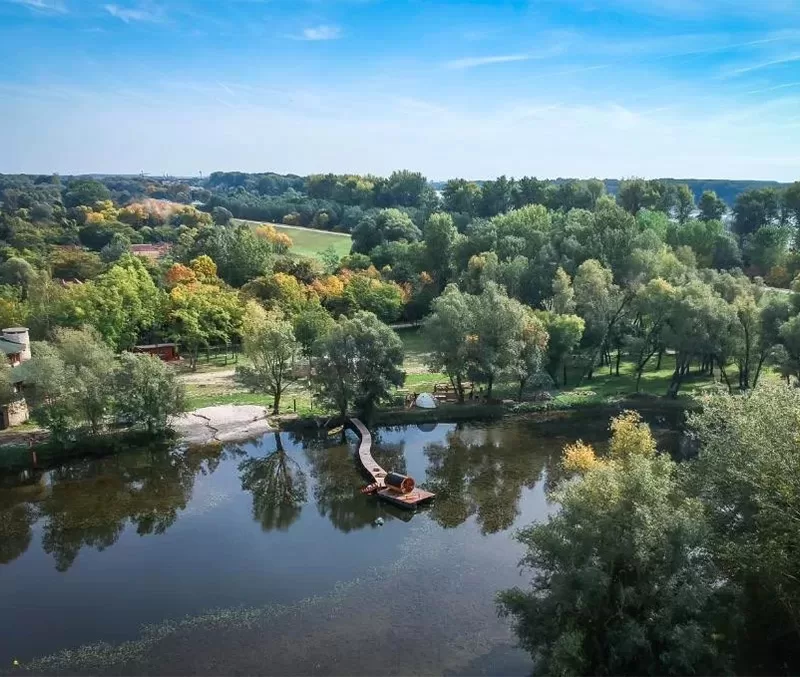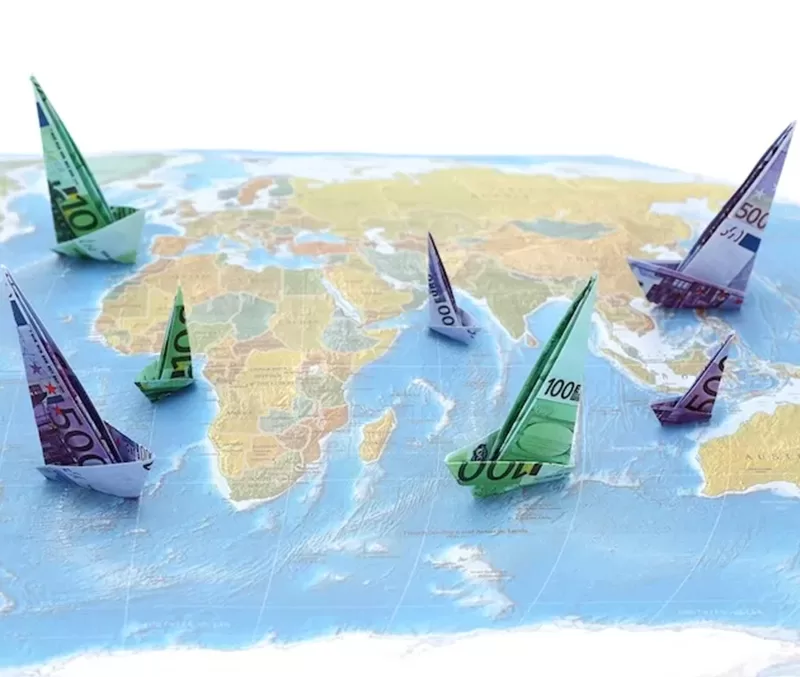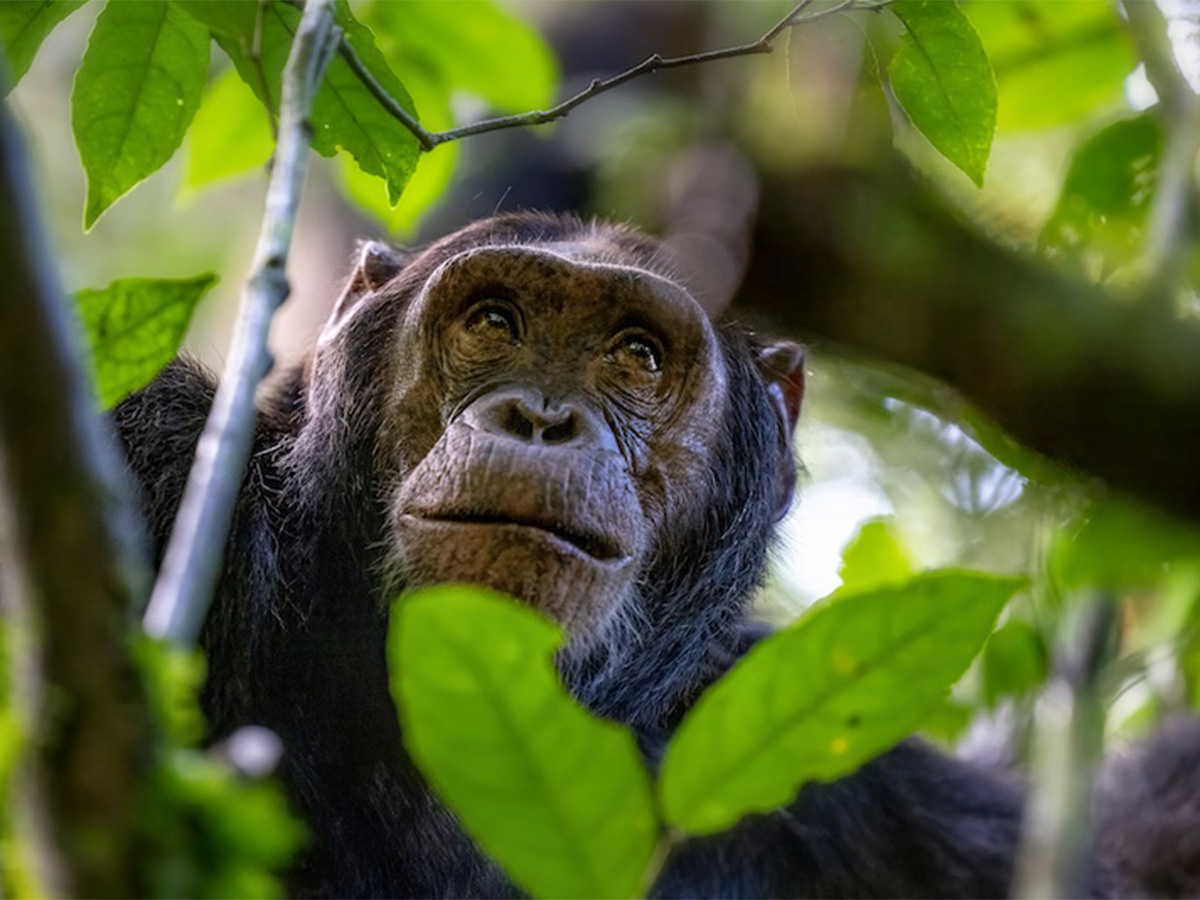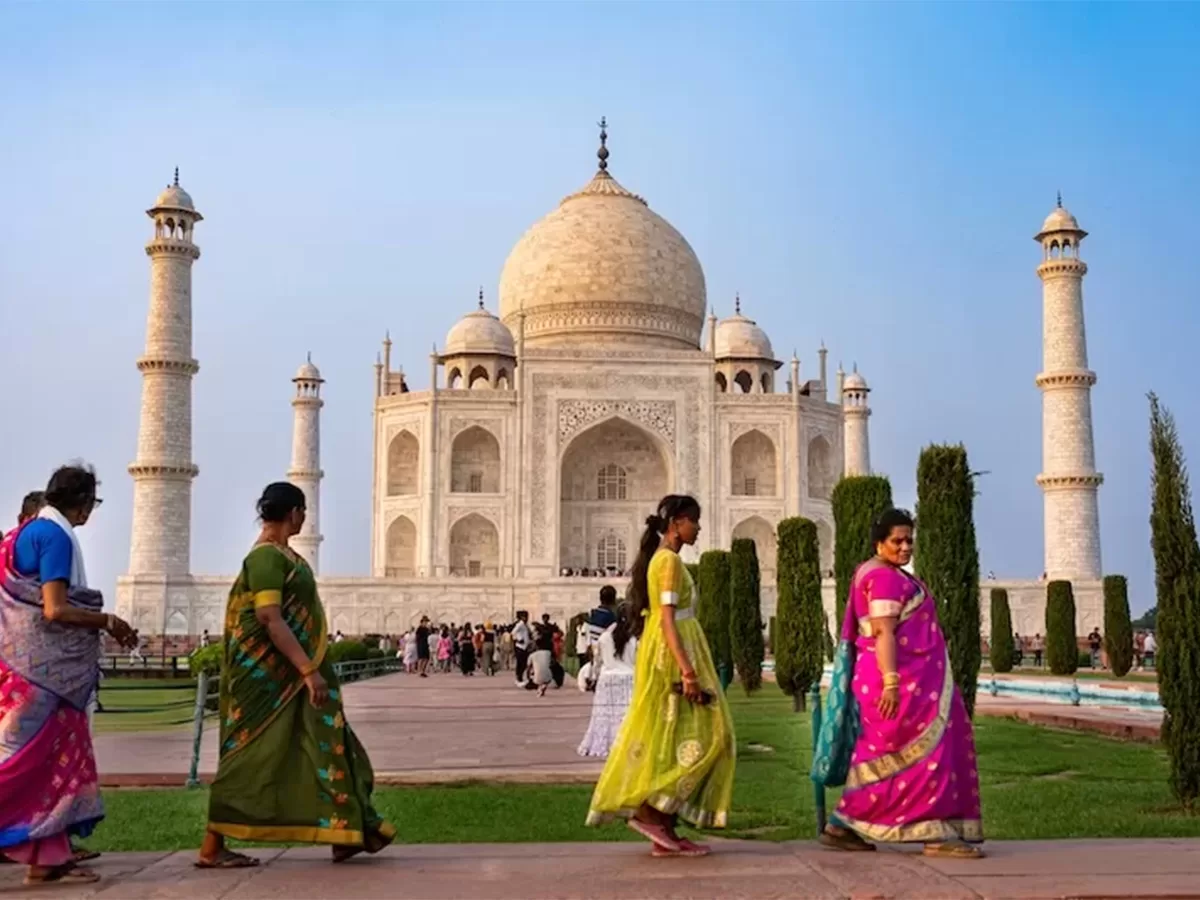Love Across Borders
A global tour of romantic events, customs, and traditions

Love is more than just an emotion—it’s a language, a ritual, and a cultural signature that transcends borders. While the way love is expressed may differ from country to country, its essence remains universal. From grand public celebrations to intimate food traditions, romance weaves its way into every culture’s identity. In some places, love is written in the stars—literally, through floating lantern festivals—while in others, it’s served on a plate, with dishes symbolizing passion and devotion. Whether through elaborate matchmaking customs or the simple act of sharing a meal, love is the thread that connects humanity.
As we journey across the globe, we explore the fascinating traditions, festivals, and culinary customs that celebrate love in its many forms. After all, what better way to understand a culture than through its expressions of the heart and the meals that bring people together?
Love Comes in Threes
In South Korea, romance is an ongoing affair with not just one, but three major love-themed celebrations. While February 14th, Valentine’s Day, is well-known globally, it operates a little differently in Korea. On this day, it is the women who gift chocolates to men. Then, exactly one month later, on March 14th, White Day takes place, where men reciprocate with gifts, typically white-themed chocolates, marshmallows, or even jewelry.
But the most intriguing event comes on April 14th, Black Day. This unofficial holiday is dedicated to singles, who gather in cafes and restaurants to eat jajangmyeon, a dish of black bean noodles. It’s a humorous and communal approach to being single, turning what might be a lonely time into a social event. While Black Day doesn’t involve grand romantic gestures, it highlights Korea’s unique approach to love: a blend of humor, tradition, and a sense of inclusivity.
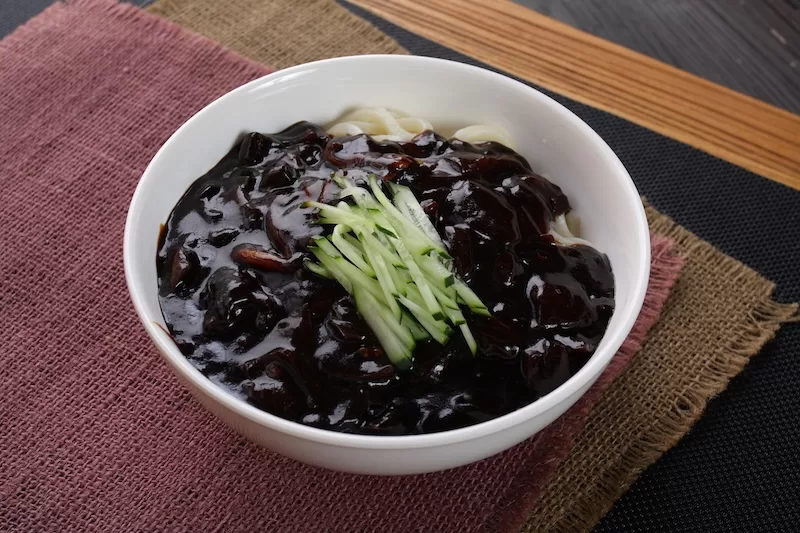
The Art of Thoughtful Gifting
Japanese Valentine’s Day traditions are meticulously structured. Women are expected to give chocolates, but the custom is divided into two categories: giri-choco and honmei-choco. Giri-choco, or “obligation chocolates,” are given to colleagues, acquaintances, or male friends as a polite gesture. In contrast, honmei-choco is reserved for true love interests, often homemade to express deeper affection.
One month later, Japan celebrates White Day, where men return the favor. However, the expectation is that the reciprocation should be of greater value than the original gift—sometimes threefold! Food plays a central role in these exchanges, with high-quality chocolates and sweets symbolizing appreciation and devotion.

Passion, Dance, and Feasting
If Korea and Japan approach love with ritualistic precision, Brazil celebrates it with fire and spontaneity. Instead of February 14th, Brazilians observe Dia dos Namorados, or Lovers’ Day, on June 12th. The day is marked with music, dancing, and lavish celebrations that reflect Brazil’s passionate culture.
Read more like this: How to (Fall in Love and) Move to Portugal
Unlike in many Western countries where Valentine’s Day is focused on private romantic gestures, Dia dos Namorados is a public spectacle. Couples take to the streets, engaging in samba, music festivals, and extravagant dates. Public displays of affection are not just common but expected, and love is worn on the sleeve—literally, in some cases, with coordinated outfits. Food is an essential part of the celebration, with couples indulging in pão de queijo, moqueca, and chocolate-covered brigadeiros.
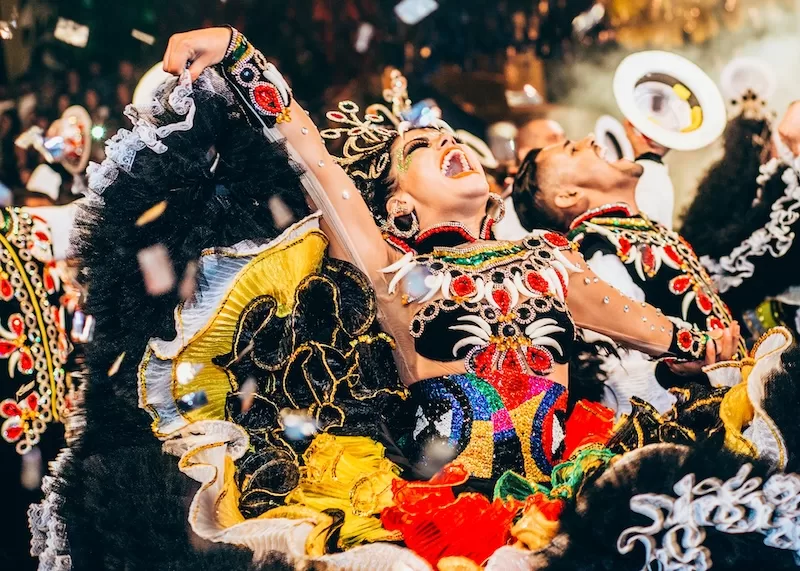
Romance in Simplicity
Despite its reputation as the romance capital of the world, France takes a more relaxed approach to Valentine’s Day. Unlike the extravagant celebrations in the U.S. or Brazil, the French prefer subtle expressions of love over grand gestures. In fact, many French couples see February 14th as unnecessary, believing romance should be celebrated every day.
Food, however, plays an undeniable role in courtship and intimacy. A candlelit dinner featuring coq au vin, boeuf bourguignon, or a decadent chocolate soufflé is considered one of the best ways to express love. French meals are designed to be savored, reinforcing the belief that love, like good food, should be slow, indulgent, and deeply personal.
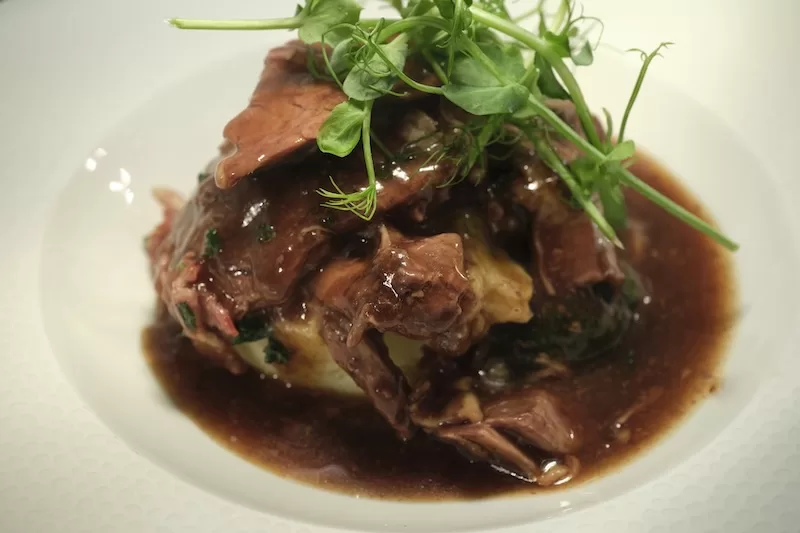
Spice of Tradition
In India, love is often intertwined with traditional values and arranged marriages. However, Valentine’s Day has been steadily growing in popularity, particularly in urban areas. Young couples embrace Westernized expressions of love, such as gifting roses, chocolates, and heart-shaped balloons.
Indian food culture also reflects deep connections to romance and family. Spices such as cardamom, saffron, and chili are commonly associated with passion and warmth. Traditional wedding feasts include biryani, jalebi, and gulab jamun, sweets that symbolize love, prosperity, and togetherness.
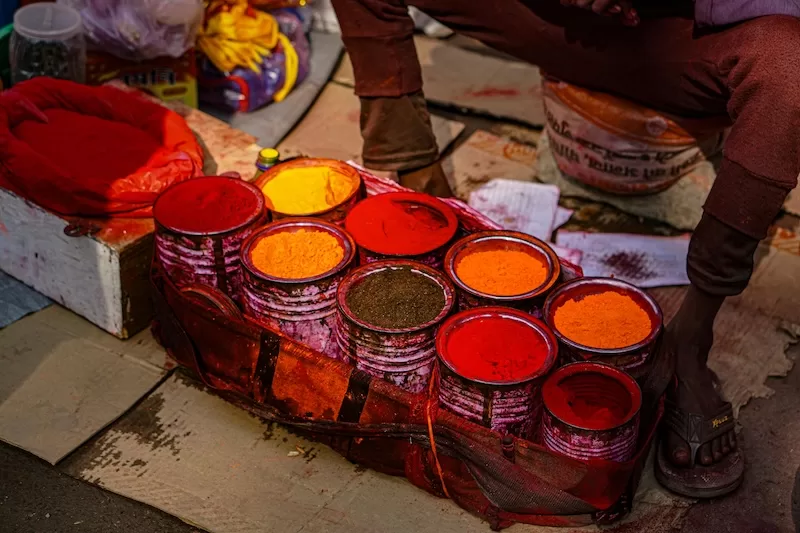
The Festival of Finding Love
One of the most unique courtship traditions in the world can be found in Ethiopia’s Hamar Tribe. Each year, the tribe hosts the Ukuli Bula Festival, a rite of passage where young men prove their readiness for marriage by participating in a bull-jumping ceremony. If they succeed, they are seen as worthy of taking a wife.
Meanwhile, food remains a central part of Ethiopian expressions of love. Sharing injera, a spongy sourdough flatbread, is a deeply intimate act. It is common for loved ones to feed each other pieces of injera wrapped around stewed meats and vegetables, symbolizing care and connection.
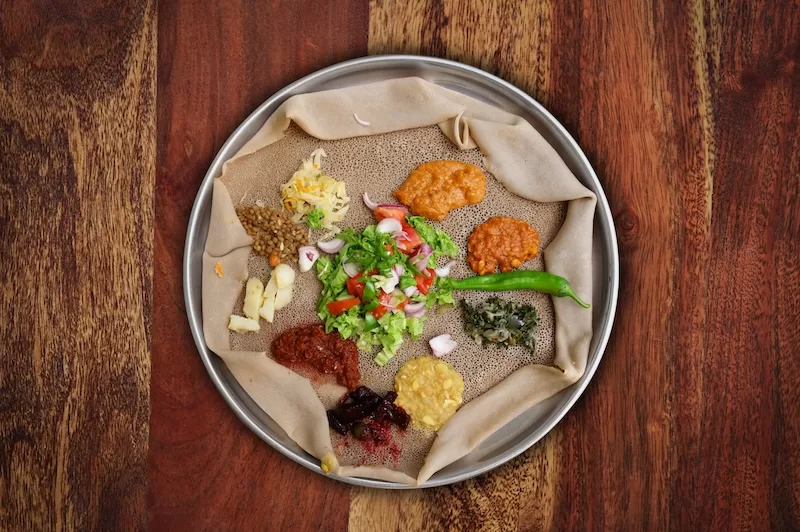
Mass Wedding Phenomenon
In the Philippines, love is often celebrated on a grand scale. Every Valentine’s Day, thousands of couples take part in mass weddings, where hundreds, sometimes thousands, of couples are married simultaneously in public ceremonies. These events, often sponsored by local governments, make weddings more accessible to those who may not afford a private ceremony. It’s a vibrant and communal approach to love, emphasizing togetherness and shared celebration.
Food also plays a significant role in Filipino romantic traditions. Lechon (roast pig) and pancit (noodles symbolizing long life) are commonly served at wedding banquets, reinforcing themes of abundance and longevity in relationships.

Lanterns of Love
Thailand celebrates love in a breathtakingly visual way during the Yi Peng Lantern Festival, which takes place in November but is also popular among couples for romantic proposals and declarations of love. Couples release floating lanterns into the sky as a symbolic gesture of setting their love free, making wishes for a prosperous future together.
Thai cuisine is also known for its deep connection to love and relationships. Som tam, a spicy green papaya salad, is a favorite dish often associated with playful flirtation and courtship, as its combination of sweet, sour, salty, and spicy flavors represents the complexities of love.

Love, in all its forms, is a celebration of connection, tradition, and shared experiences. Whether expressed through a grand festival, a simple heartfelt gift, or a meal lovingly prepared and shared, love transcends borders and cultures. It reminds us that, despite our differences, we all seek to cherish and be cherished. So, whether it’s a candlelit dinner in Paris, a lantern-lit sky in Thailand, or a comforting bowl of noodles in Korea, love—like food—brings us together in ways that words often cannot.















